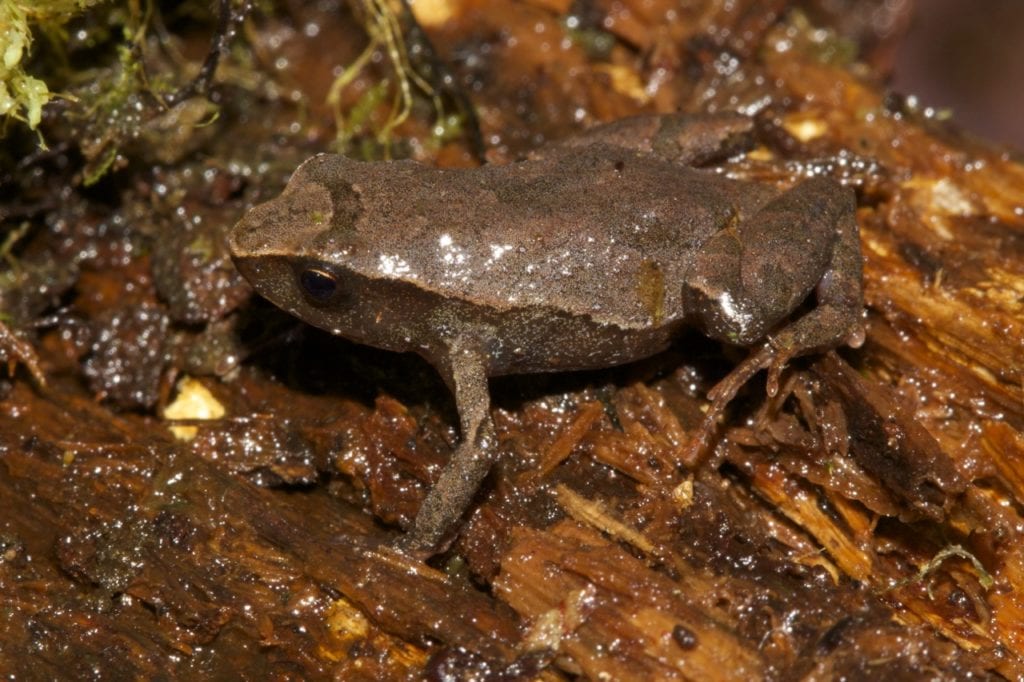
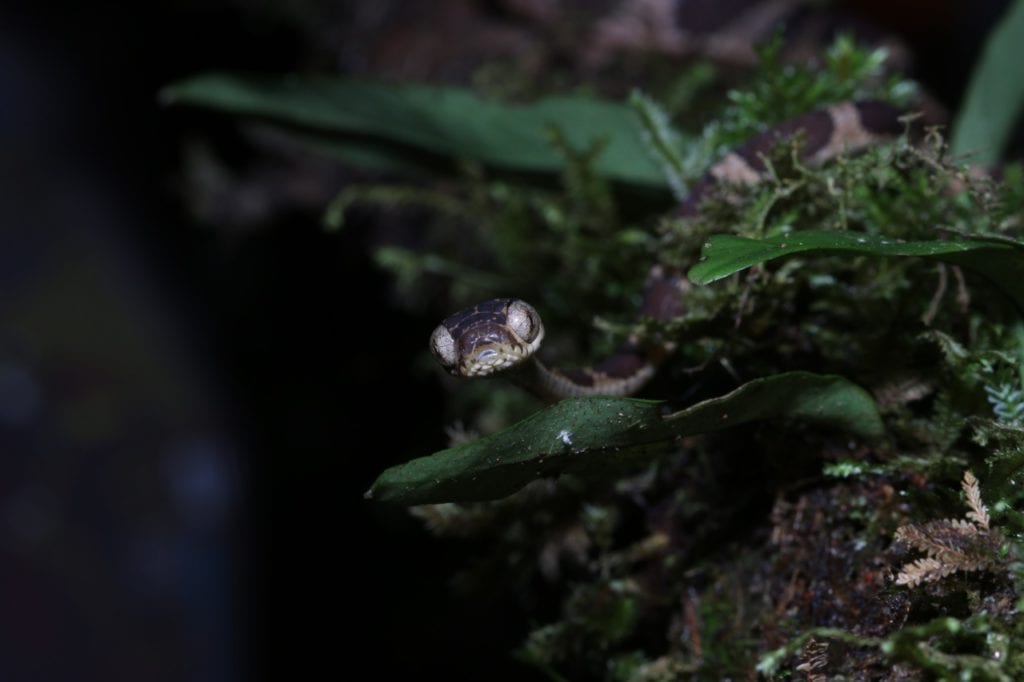
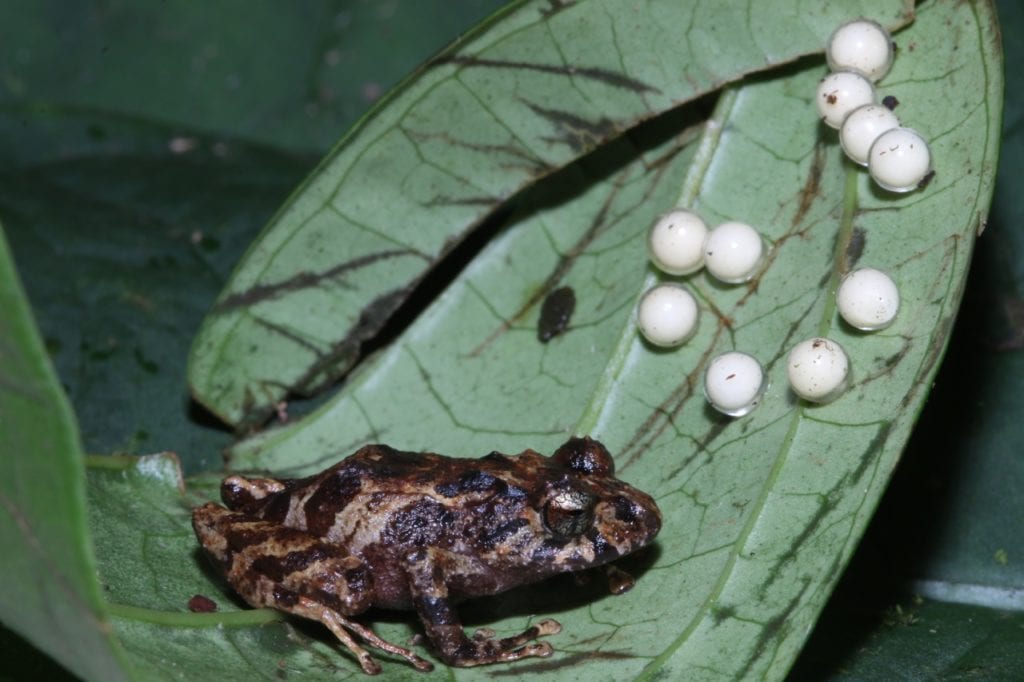

José Padial and his team of researchers are traveling in the remote Vilcabamba mountains of Peru in the pursuit of biodiversity research. He blogs and sends photos as often as possible capturing his expedition along the way
Carnegie Museum of Natural History
One of the Four Carnegie Museums of Pittsburgh
by carnegiemnh




José Padial and his team of researchers are traveling in the remote Vilcabamba mountains of Peru in the pursuit of biodiversity research. He blogs and sends photos as often as possible capturing his expedition along the way
by carnegiemnh
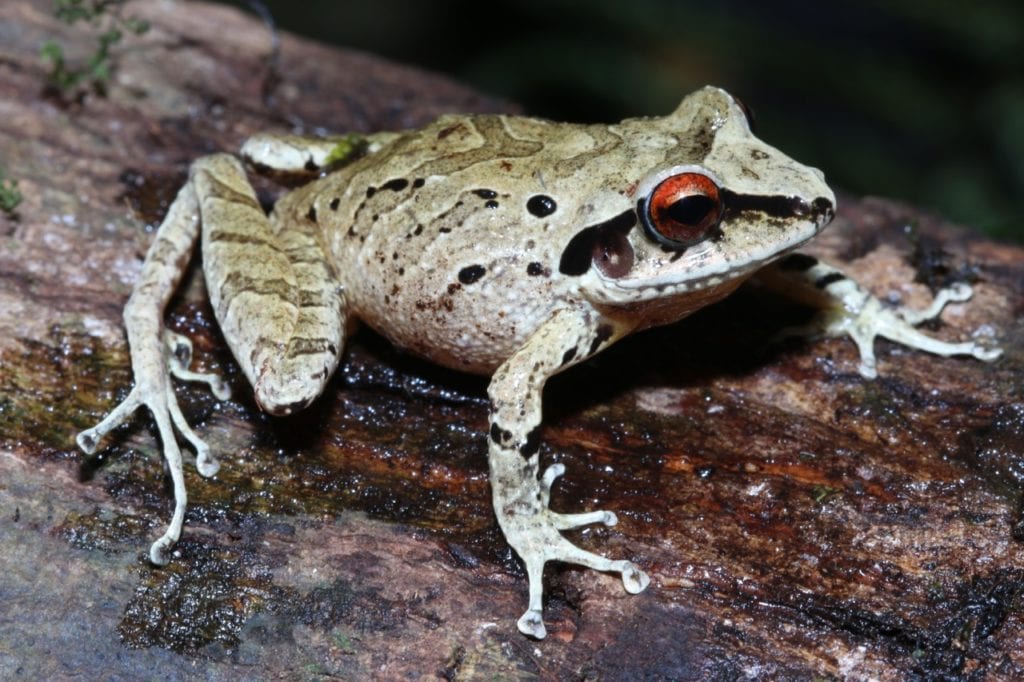
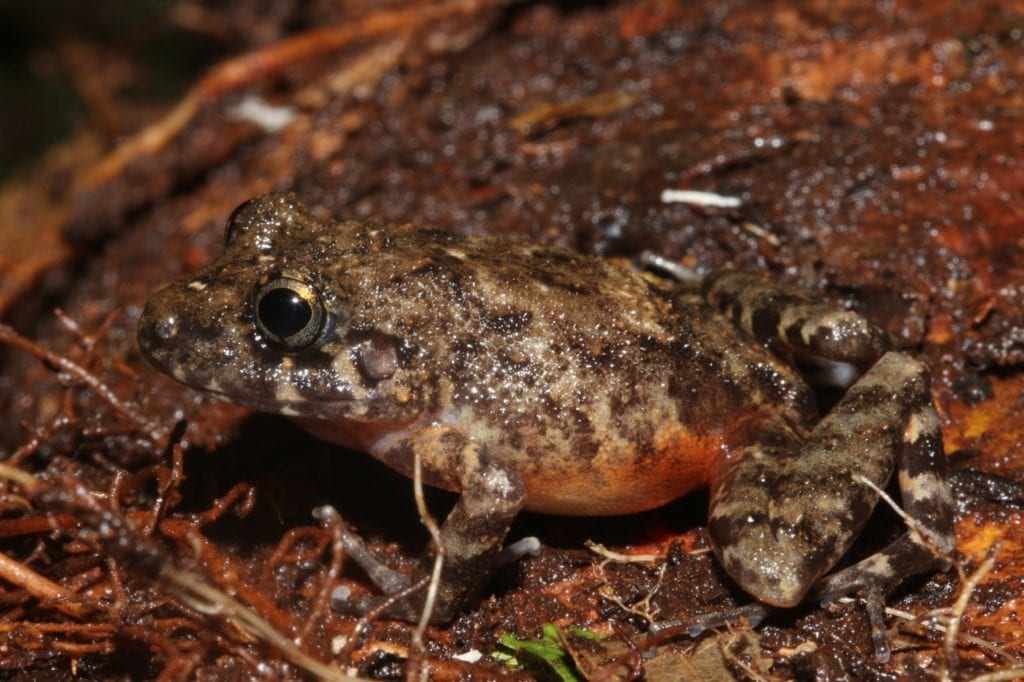
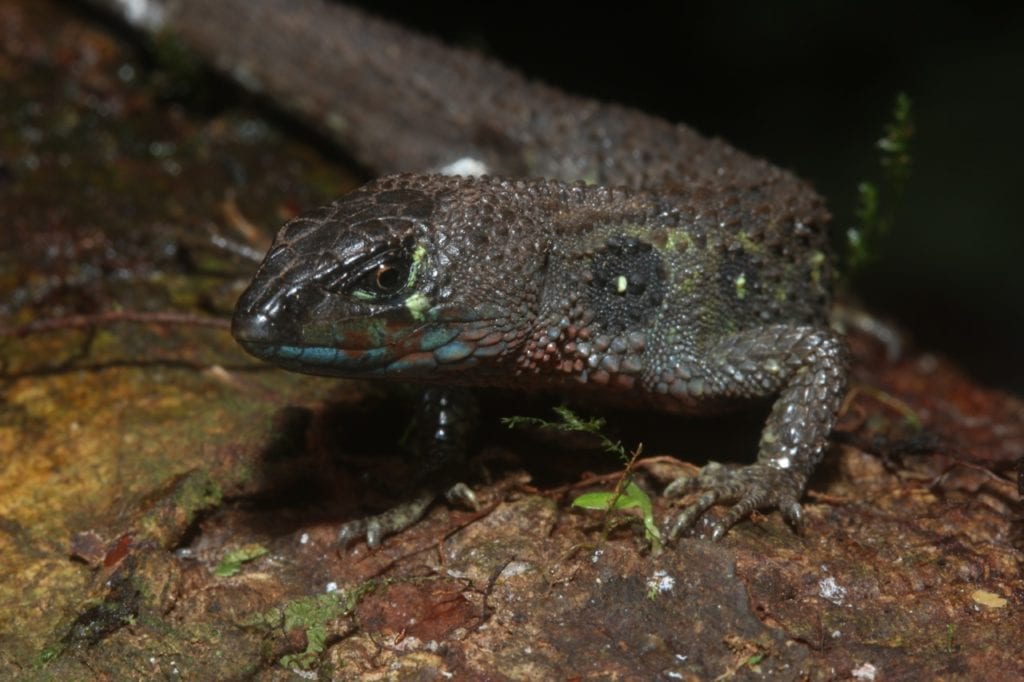
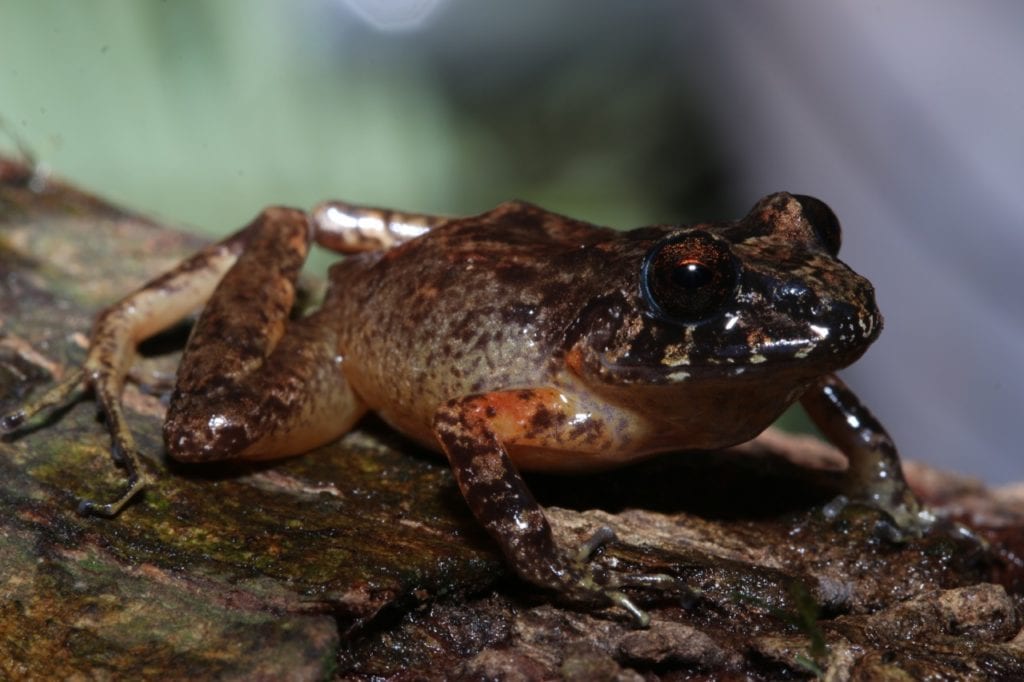
We may have found at least 10 new species of amphibians and reptiles; however, pertinent comparisons with museums specimens and detailed analyses of the anatomy, mating call, and or DNA, will be required to analyze species diversity using collected samples. In no other expedition have we found so many new species.
José Padial and his team of researchers are traveling in the remote Vilcabamba mountains of Peru in the pursuit of biodiversity research. He blogs and sends photos as often as possible capturing his expedition along the way
by carnegiemnh
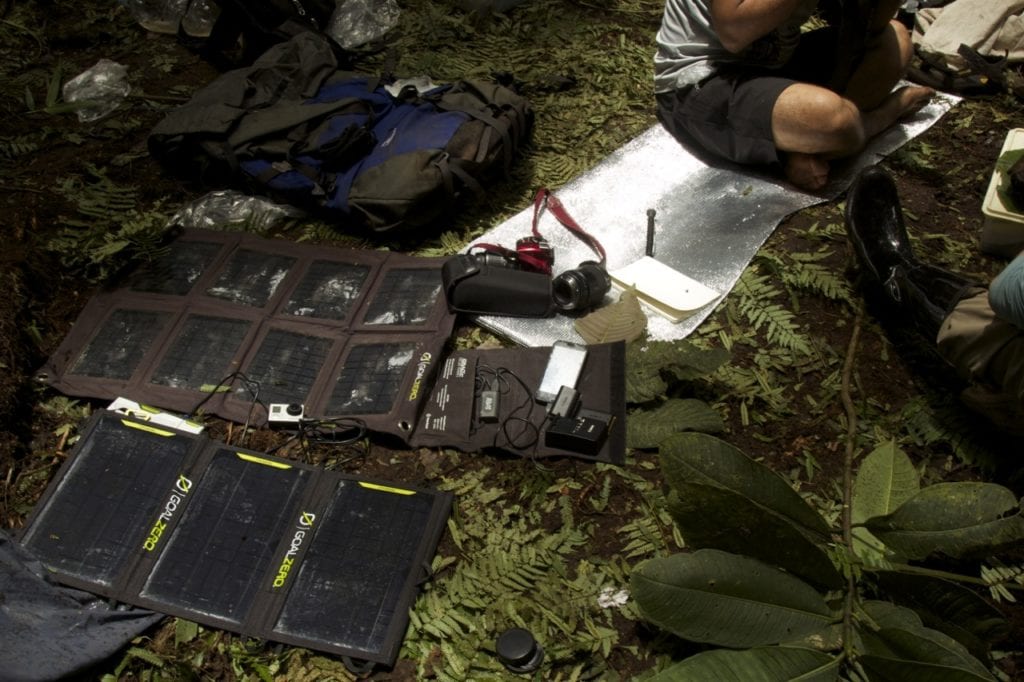
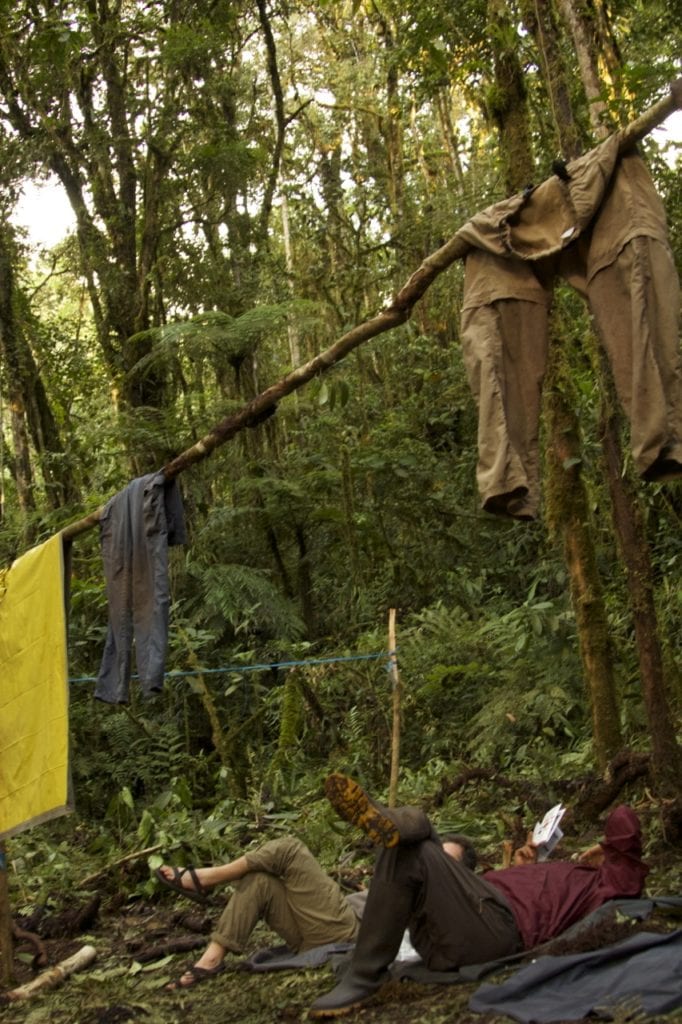
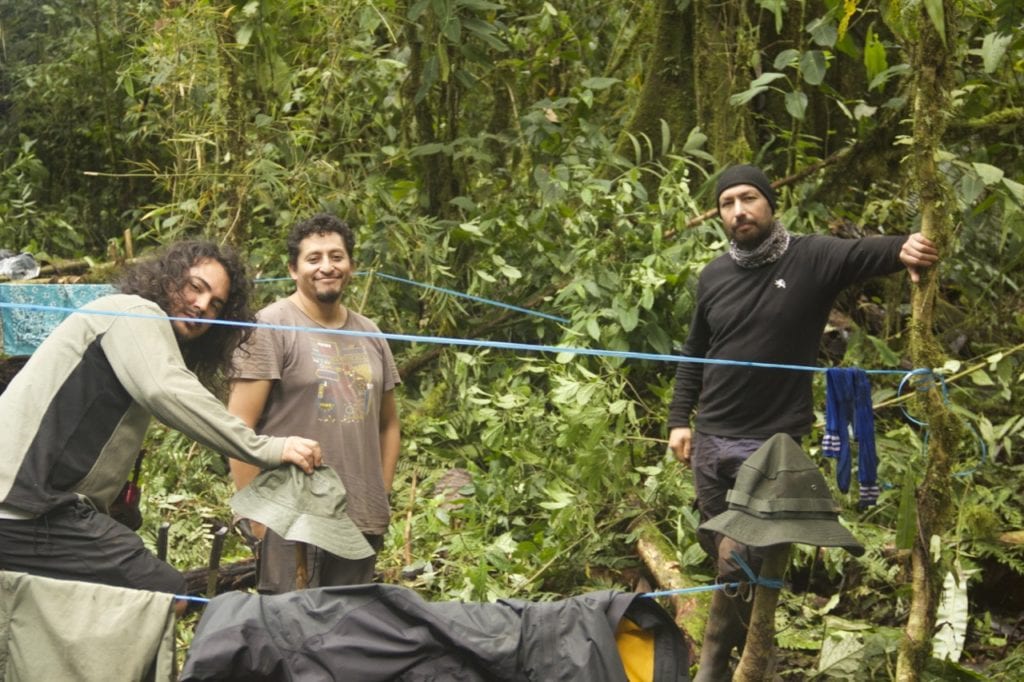
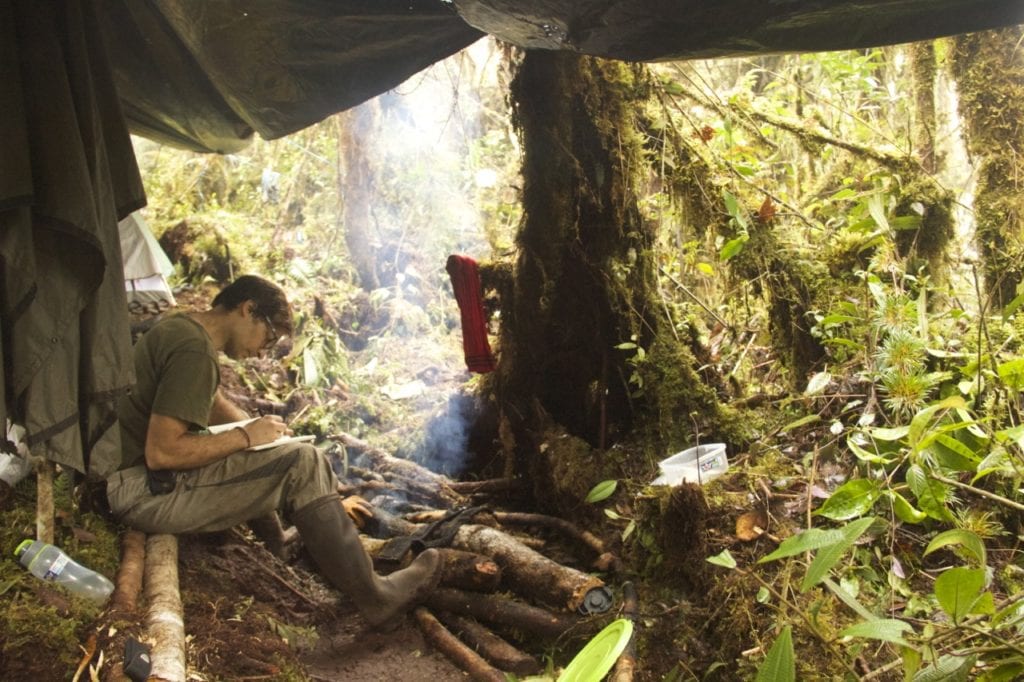
On the ridge
Life on the ridge has been hard, fun, intense, interesting, and overall rich in human experiences.
José Padial and his team of researchers are traveling in the remote Vilcabamba mountains of Peru in the pursuit of biodiversity research. He blogs and sends photos as often as possible capturing his expedition along the way.
by carnegiemnh
February 23, 2016
We are back in the town of Pichari. During the last week we opened a track along a zigzagging ridge and reached 2850 m. We moved from Camp 2 to Camp 4, stopping for a couple of nights at the small and muddy Camp 3. We spent our last days surveying a hyper-humid forest above 2500 m, before starting our descent on the morning of Feb 19th. We reached Pichari last Saturday, February 20th, at night. We were exhausted, but very happy for what we had accomplished.
During three weeks we have surveyed in detail all forested environments of the area: humid montane forests, cloud and elfin forests, and the bushy vegetation that grows on the upper part of upper ridges–known as “ceja de montaña” (mountain eyebrow). We have found many new and known species of amphibians and reptiles unique to each of these environments and made observations on their natural history. We also photographed and recorded them–for most species this is the first time they have been observed, photographed, or recorded in video or audio.
But the expedition is not over yet. Today we got into a ‘Mil M-17’ helicopter and flew from Pichari toward a point at 3800 m on the central and highest part of Vilcabamba, within Otishi National Park. Unfortunately, dense clouds prevented us from landing at our destination. Strong winds, heavy clouds, and electric storms are almost a constant on the upper part of Vilcabamba–During the three weeks we’ve been living on a ridge that leads to the upper part of Vilcabamba, only one evening was the sky open enough for us to have a clear view of the highest part of Vilcabamba.
In a few hours, at dawn, we will be at the headquarters of VRAEM’s Special Commando, waiting for our friendly military crew and for the right climatic conditions for us to fly again. A clear or even a partly clear sky is all we hope for as we are ready to go to bed after preparing our equipment.
I would like to take the opportunity to express our most sincere thanks to the authorities of the Peruvian organizations CODEVRAEM and SERNANP for supporting the Discoverers Expedition to Vilcabamba, and to the personnel of CEVRAEM military base for providing a crew, flying time, and an helicopter.
The Ridge
For three weeks, the team has been opening a track along a ridge from 1,200 (4,000 ft.) m elevation to 2,850 m (9,300 ft.), and surveying all the forested environments found along this altitudinal gradient.

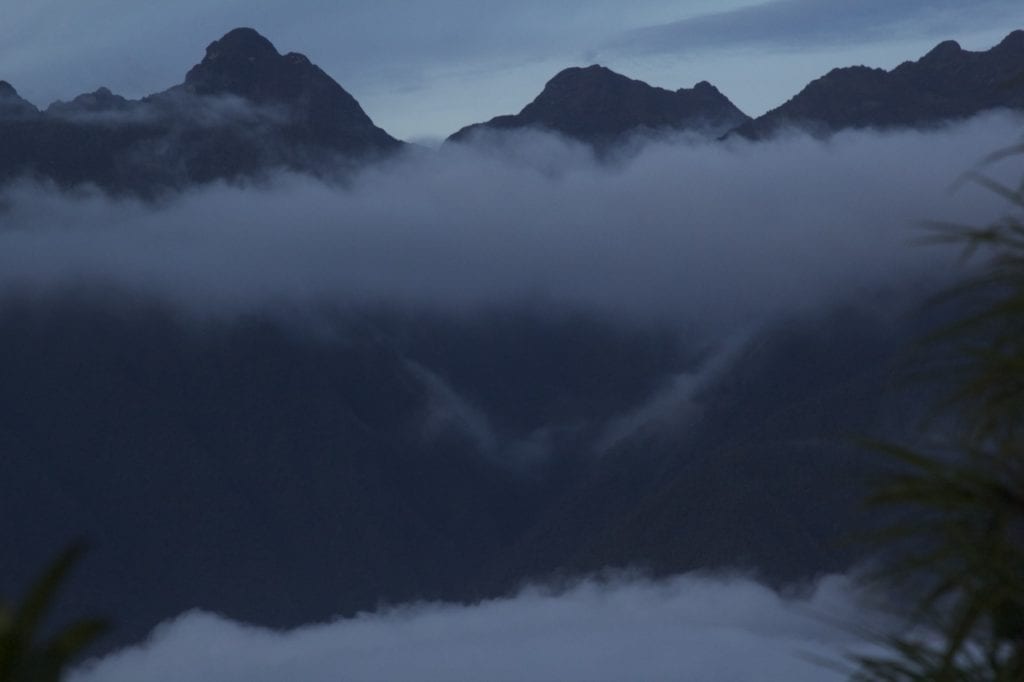
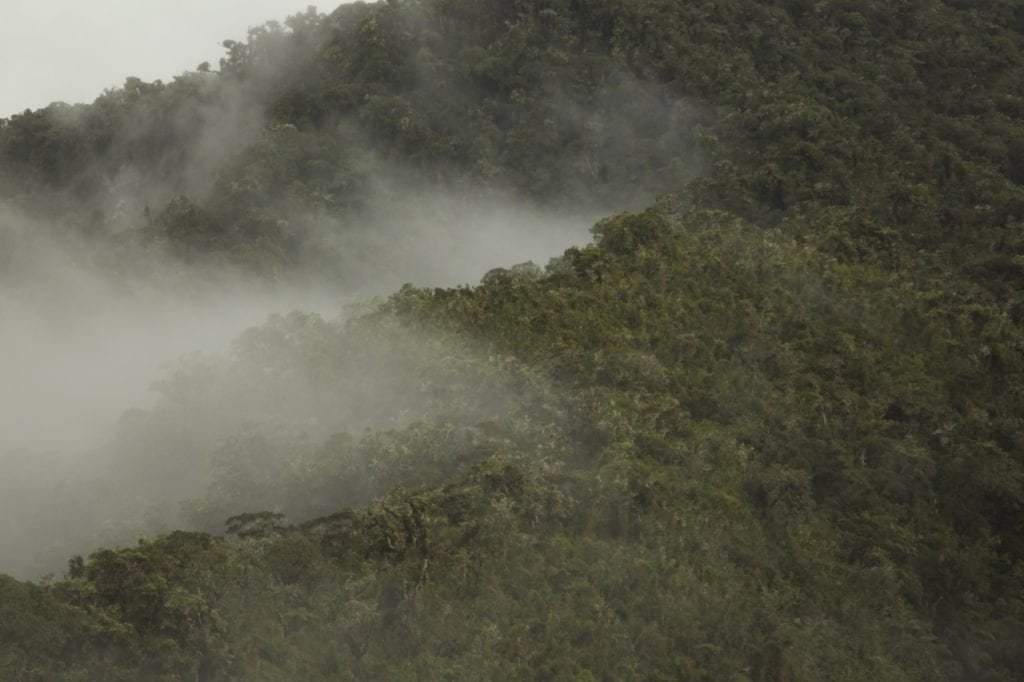
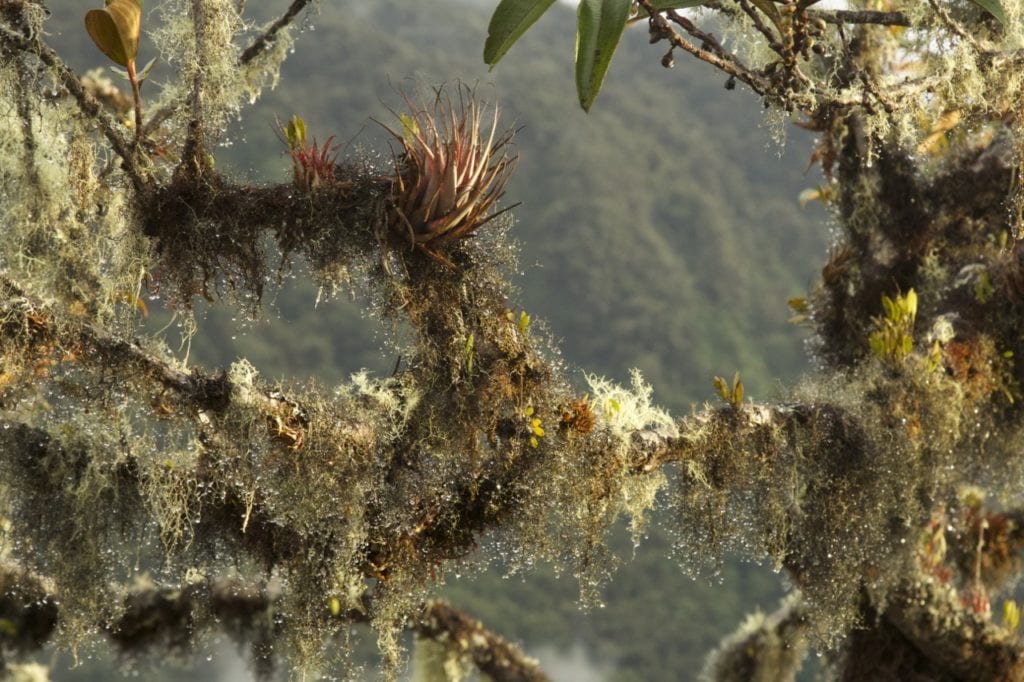
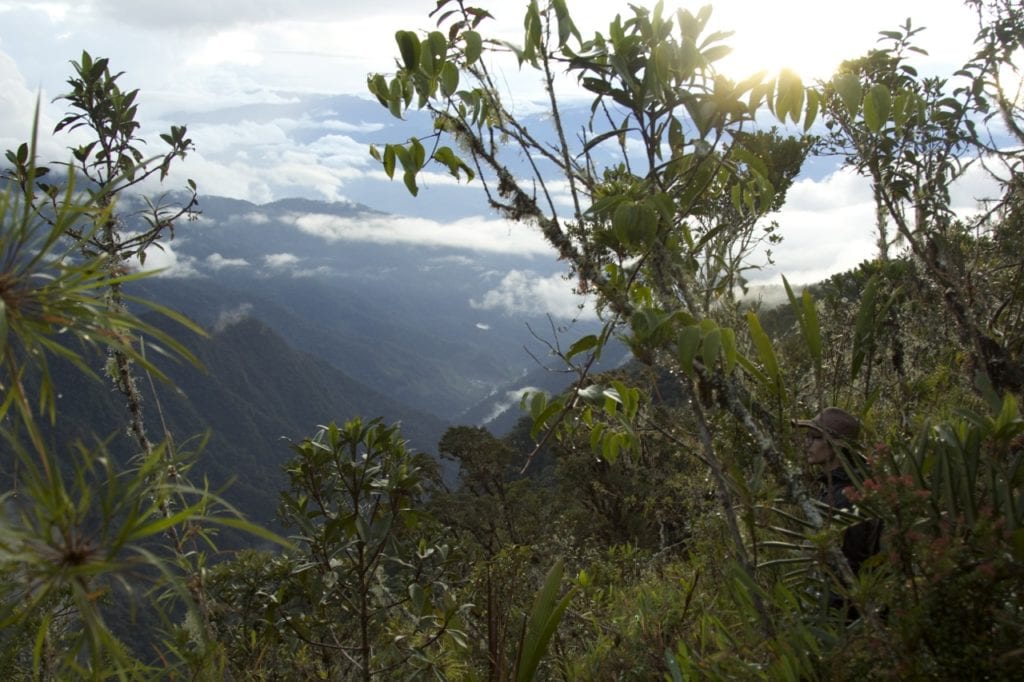
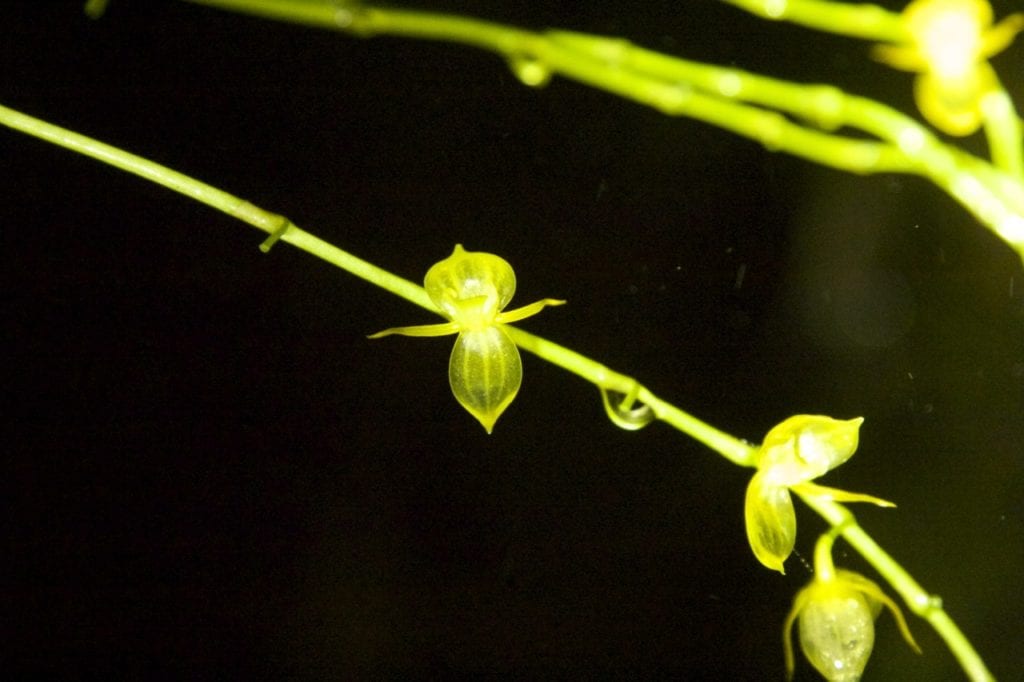
by carnegiemnh
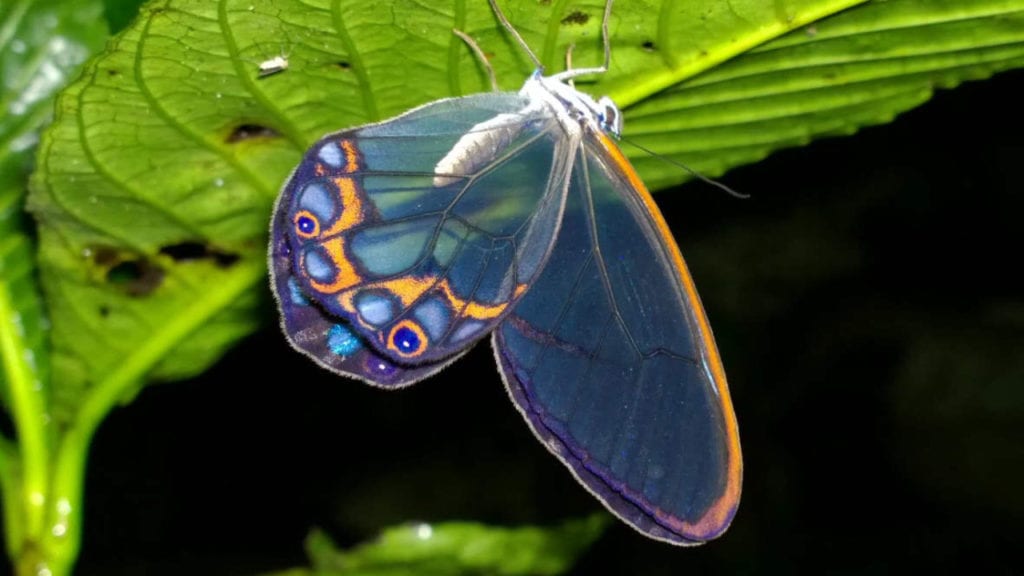
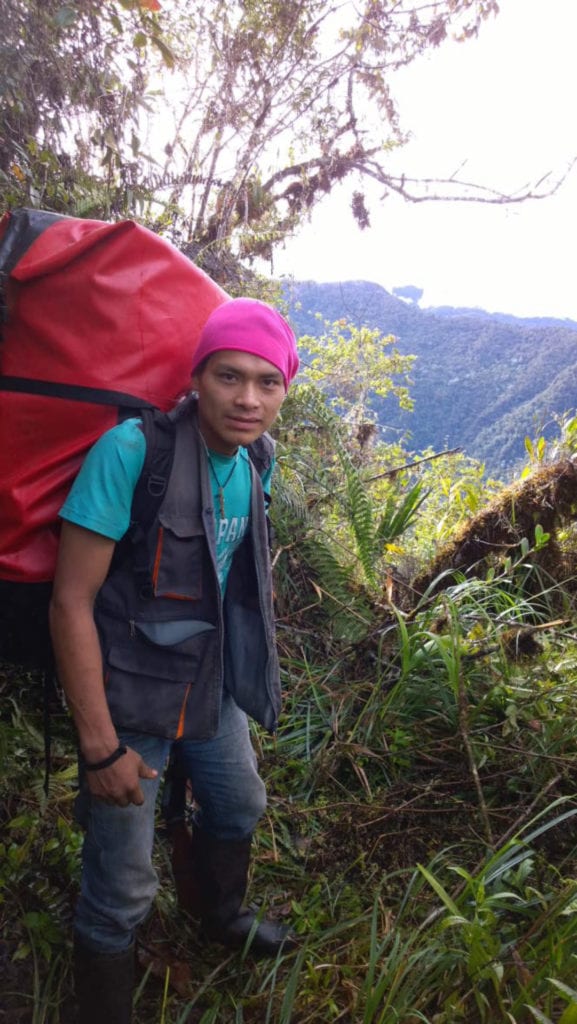
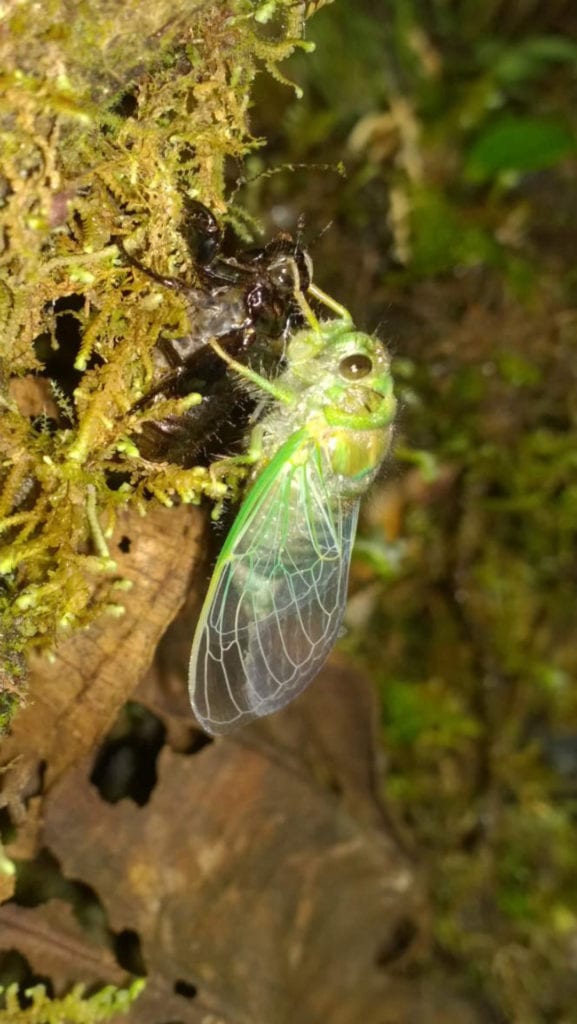
José Padial and his team of researchers are traveling in the remote Vilcabamba mountains of Peru in the pursuit of biodiversity research. He blogs and sends photos as often as possible capturing his expedition along the way.
by carnegiemnh
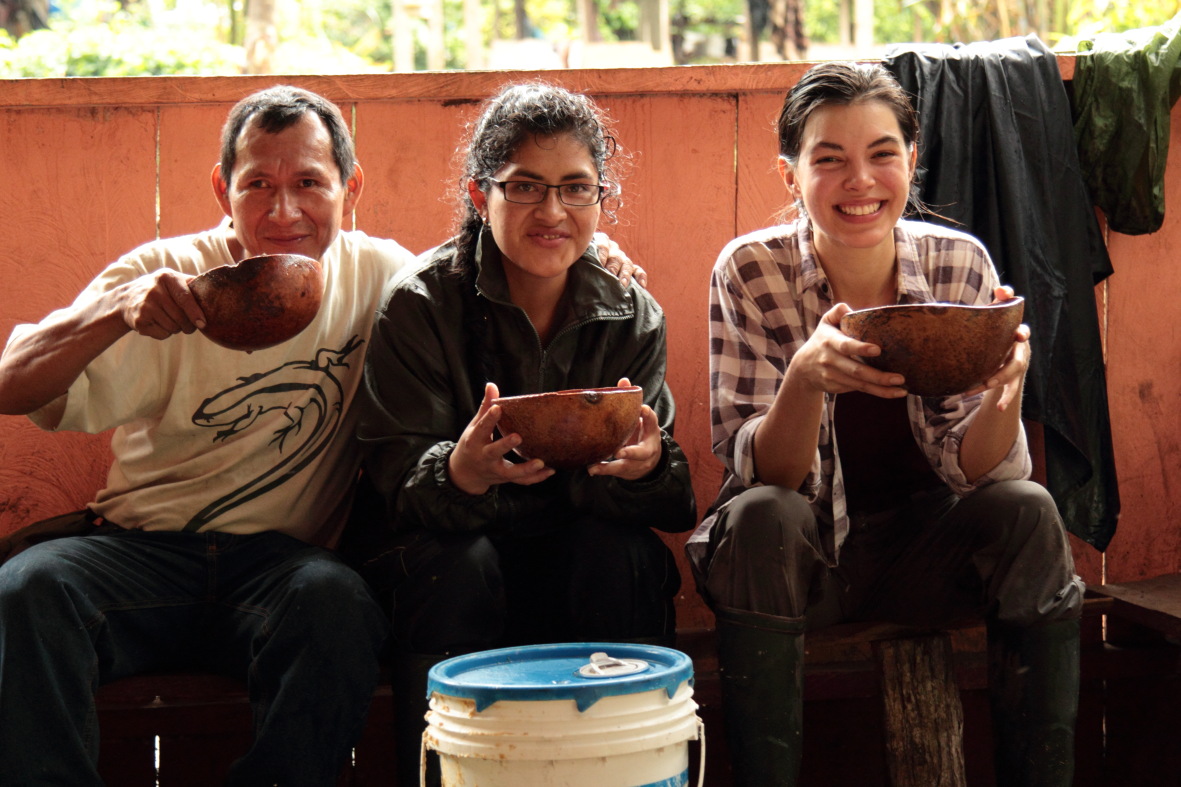
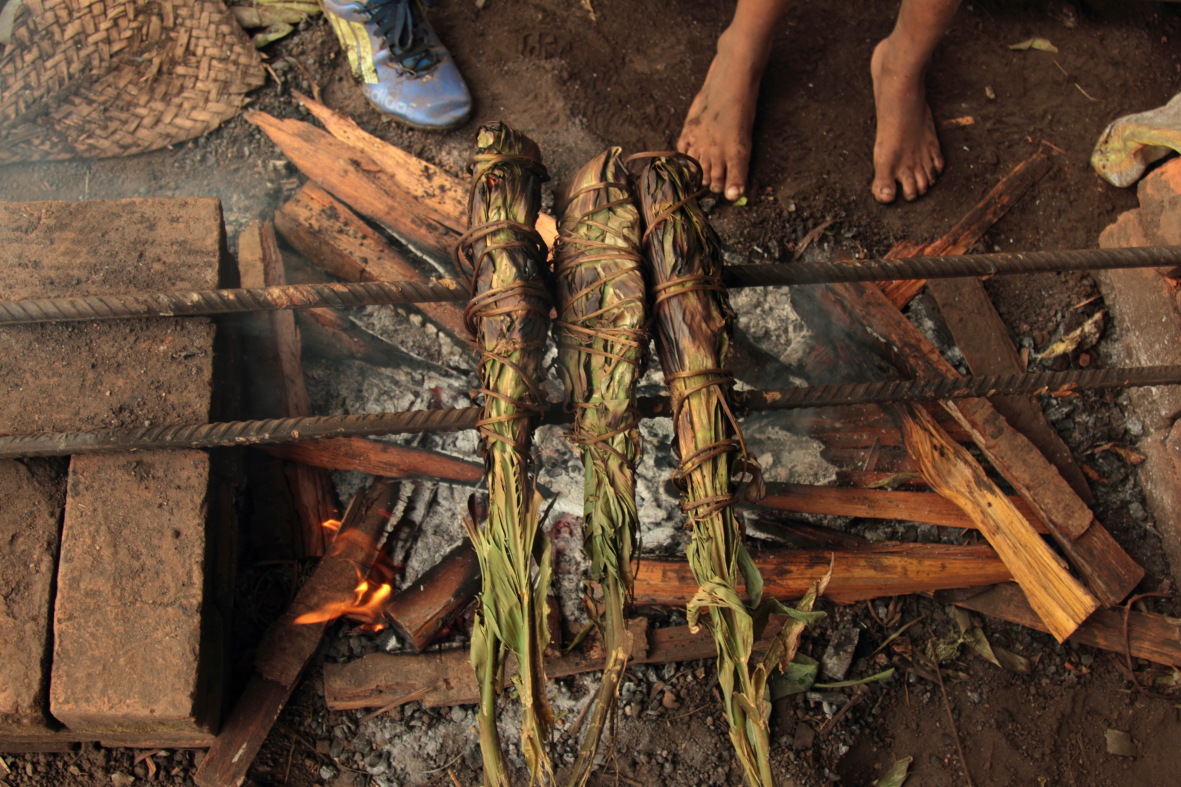
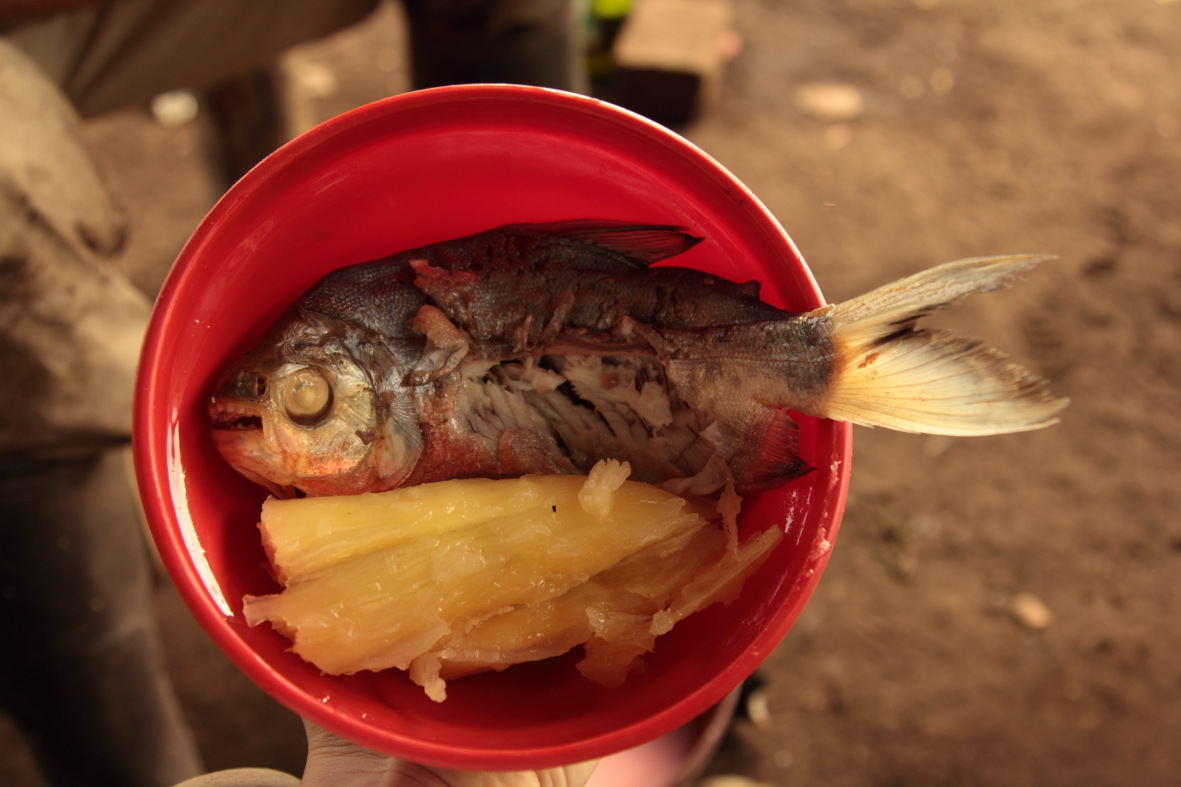
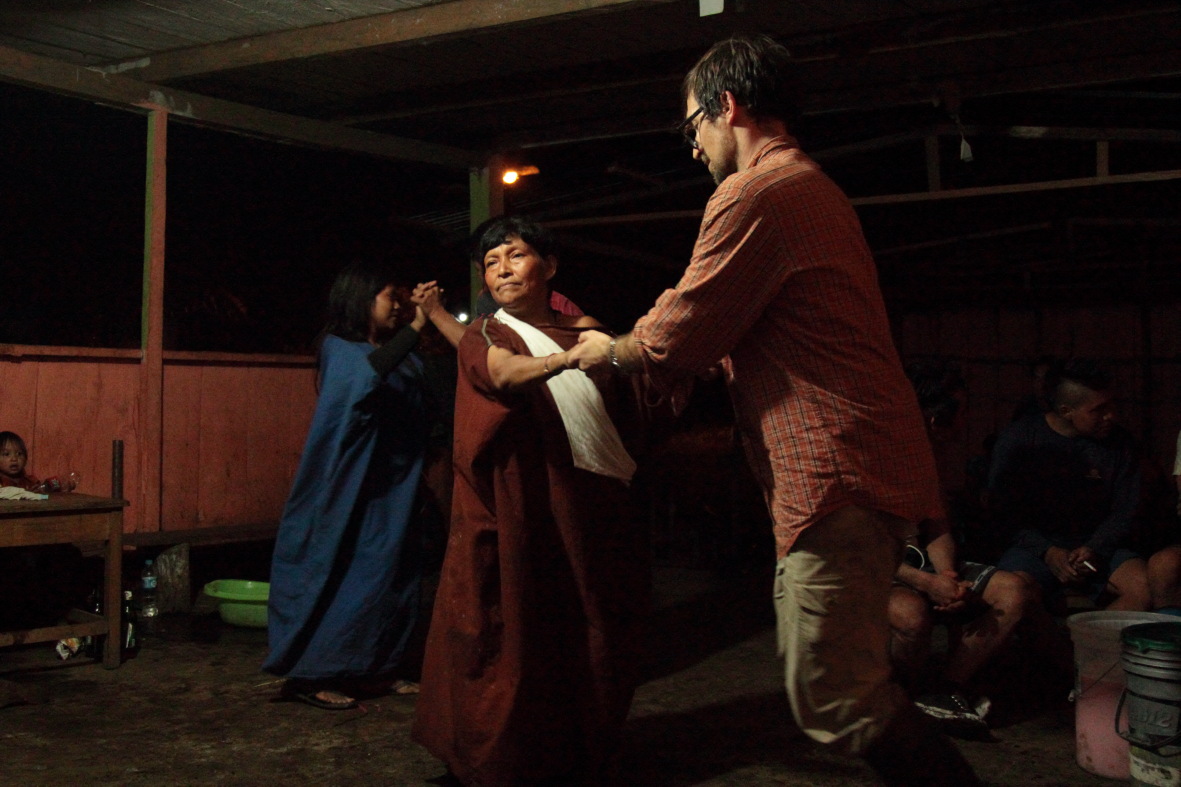
But not everything is work. Last Sunday the team was invited to participate in the anniversary of the Ashaninka community of Marontuari. Some of us, the ones at the lower campsite, were able to attend for the evening events—soccer match, music, and dance. We were very warmly received by the chief and other members of the community, and each one of us handed a bowl of masato that was filled more often than not, and for supper we had piranha baked in an envelope of leafs and with manioc on the side. We listened to recordings of Andean music and an improvised band of local Ashaninka musicians and danced in groups and couples before returning to our campsite across the only and narrow track that makes the forest accessible. Along the way, we´re still able to find some herps.
José Padial and his team of researchers are traveling in the remote Vilcabamba mountains of Peru. He blogs and sends photos as often as possible capturing his expedition along the way. These photos were taken during the week of 2/7-2/11/16.
